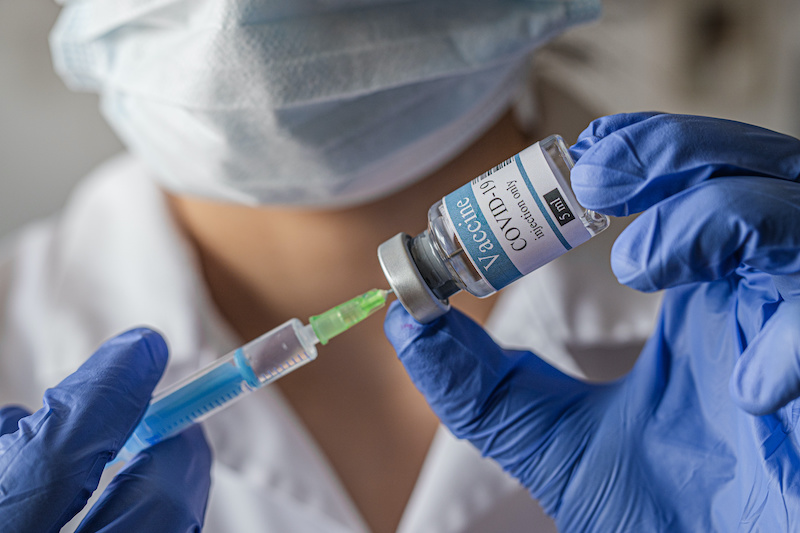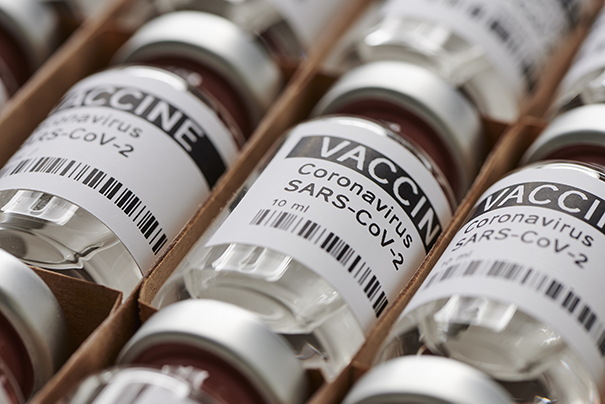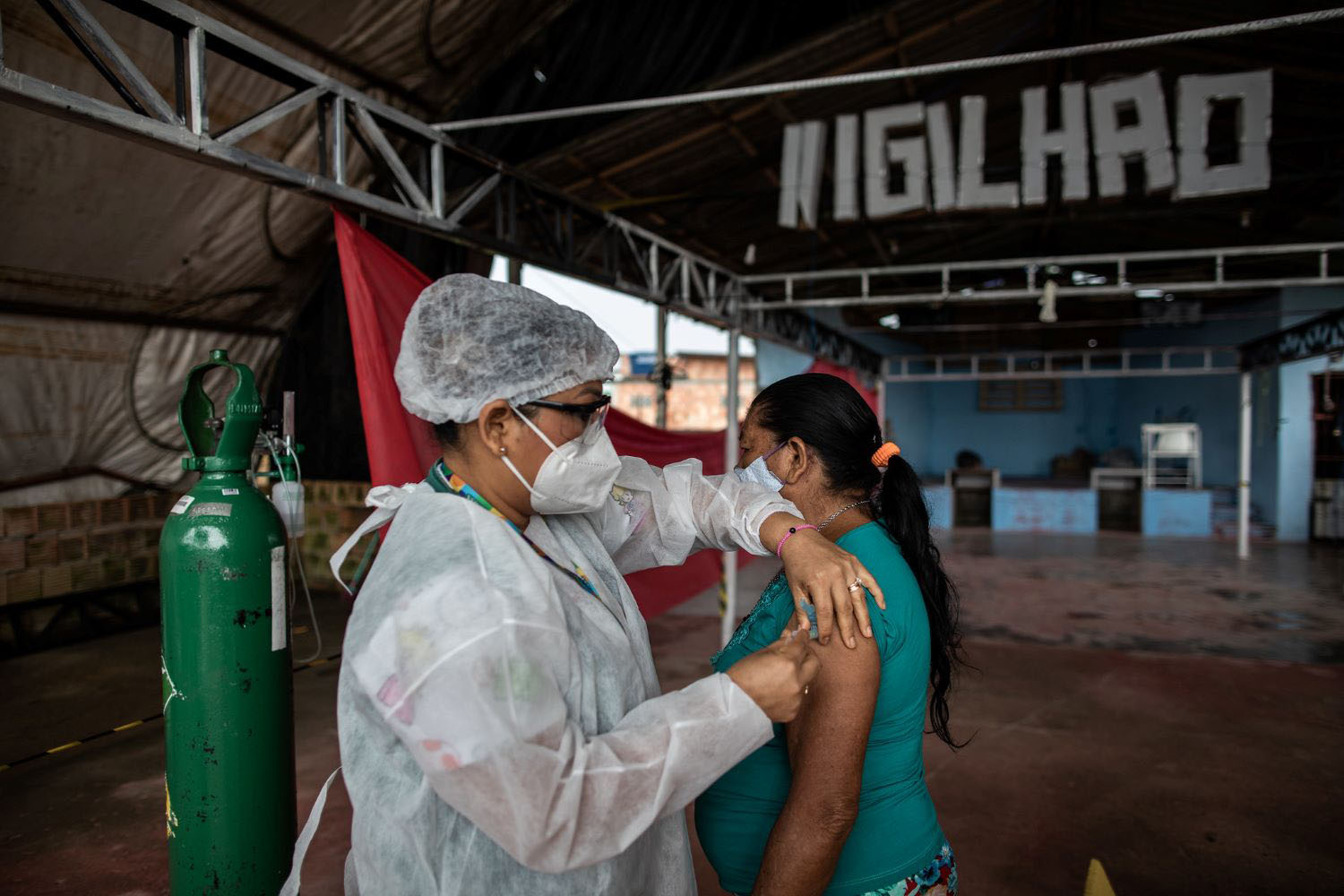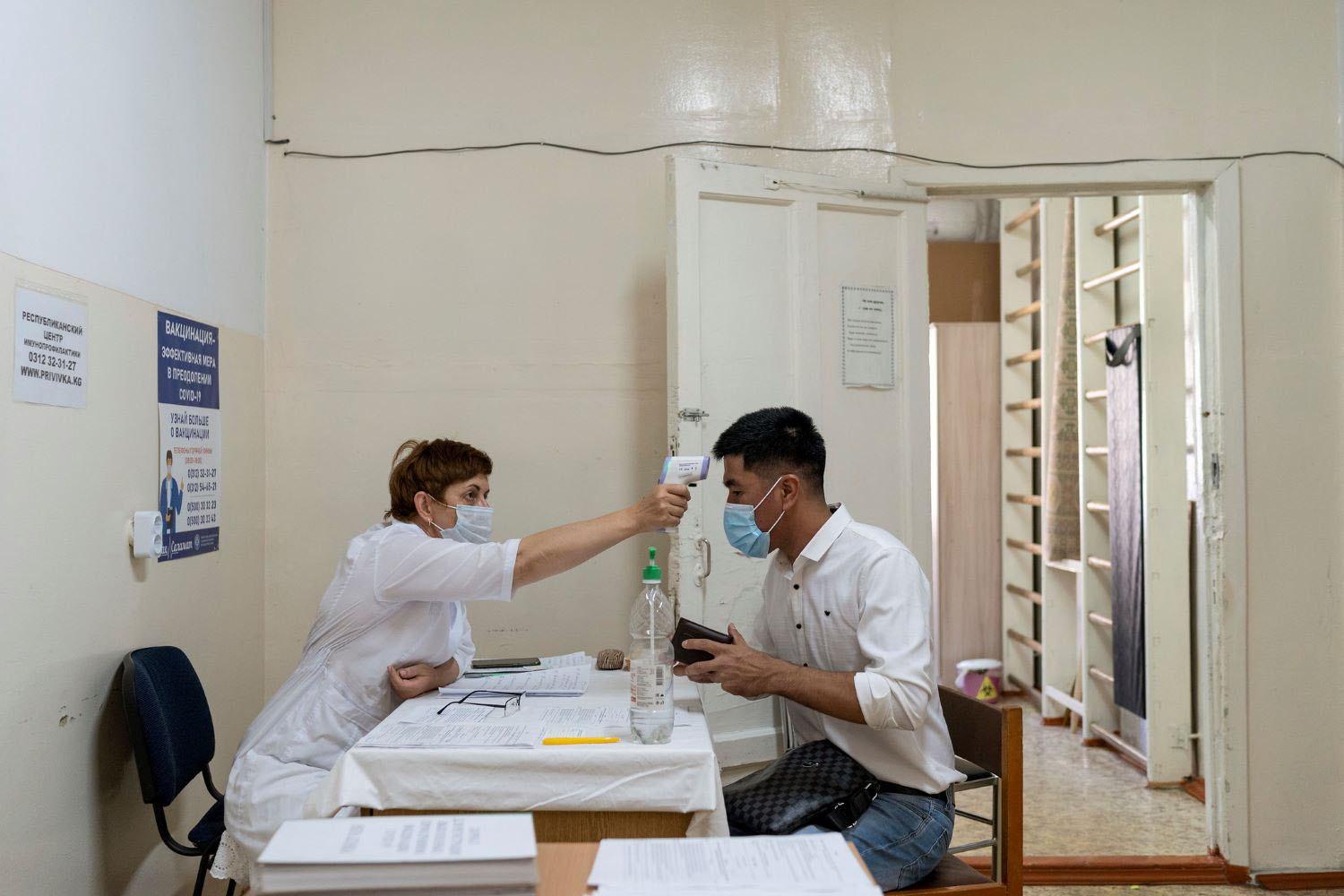Recommended
This morning, America (and much of the world) woke up to a snippet of terrific news: Pfizer and BioNTech announced their SARS-CoV2 vaccine candidate showed 90 percent efficacy in preventing symptomatic COVID-19 in the interim analysis of their late stage clinical trial. Many of the usual caveats still apply: these are interim results from the Phase 3 trial and do not reflect data from all those enrolled; we are still awaiting safety data, and it will be a few more weeks until the required safety data from two-month follow ups with participants are available to consider emergency use authorizations – with longer-term safety evaluations ongoing; we don’t know how long protection will last; and we can’t yet say whether the vaccine prevents infection or just symptomatic disease. But even as public health experts advise caution, many can’t help but cheer. The initial results have exceeded even the most optimistic projections for a first-generation vaccine, and the news sparked an extraordinary stock market rally.
In many wealthy countries, these results could be a game-changer. Americans have already secured rights to 600 million doses through an advance purchase agreement under the auspices of Operation Warp Speed. Similar arrangements would provide 300 million doses to Europe, 120 million doses to Japan, 40 million doses to the United Kingdom, 20 million to Canada, and 10 million to Australia. An application for Emergency Use Authorization (EUA) could come by end-November, with 50 million doses ready to go by the new year.
But for policymakers in low- and middle-income countries (LMIC), today’s news offers limited cause for celebration—and the Pfizer/BioNTech results may even lengthen the timeline for eventual LMIC access. I see at least three big concerns:
1. Distribution
Just six buyers (the US, Europe, Japan, UK, Canada, and Australia) have secured “dibs” on at least ~1.1 billion doses of the Pfizer/BioNTech vaccine. According to the latest press releases, Pfizer is projecting that 1.3 billion doses will available by end-2021—and that means there will be just ~200 million doses left for everyone else. The Pfizer/BioNTech vaccine was not part of the CEPI portfolio; nor is it currently covered by the COVAX portfolio. To the best of my knowledge, there are no provisions or arrangements currently in place to give LMICs access to even a limited number of Pfizer/BioNTech vaccine doses. And even if Pfizer/BioNTech were willing to license their vaccine, ideally at low or zero-cost, the novel and complicated manufacturing process would make technology transfer to LMIC generic firms challenging.
2. Ultra-cold chain
Even if LMICs could secure doses, the Pfizer/BioNTech vaccine requires an “ultra-cold chain”—meaning the vaccine must be stored at an extraordinary -80 degrees Celsius to maintain its efficacy. The storage needs are so extreme that vaccination will probably need to take place at specialized laboratories, hospitals, and vaccination centers, not ordinary clinics and outpatient doctors’ offices. In the US and Europe, Pfizer and BioNTech have worked for months to prepare complex distribution plans that maintain these ultracold temperatures. But in many LMICs, where even “normal” cold chain refrigeration can pose challenges, these extraordinary storage and transport requirements may not be viable (The Ebola vaccine required more stringent cold chain arrangements than would be in place for a typical vaccine, but still far less extreme than the projected needs for the Pfizer/BioNTech candidate). The Moderna mRNA candidate, which also looks promising, requires storage at -20 Celsius—a bit better, but still not great in areas without consistent access to electricity. Both Pfizer/BioNTech and Moderna are hoping to develop more temperature-stable formulations, but for now those remain aspirational.
3. Trials for next-generation candidates
If LMICs cannot access doses of the Pfizer/BioNTech vaccine—and if the ultra-cold chain requirements ultimately prove too onerous to be practical for large-scale distribution—then LMIC hopes rest on approval of second-generation candidates that are more appropriate for their local contexts. Here, there’s a big piece of good news: the Pfizer/BioNTech vaccine targets the same mechanism (the so-called “spike protein”) as most other vaccine candidates, including all of those covered by the CEPI portfolio. As Dr. Anthony Fauci confirms, this vastly increases the likelihood that other vaccine candidates will be successful in preventing infection and disease—including candidates with more typical cold-chain requirements.
But there’s a major caveat: all of those other vaccines still need to be evaluated, ideally through rigorous clinical trials. And if the Pfizer/BioNTech candidate receives an EUA, that will complicate existing and future placebo-controlled trials. (See an extensive write up of some of the issues here). If the Pfizer/BioNTech vaccine becomes available, patients enrolled in other clinical trials may be entitled to exit the trials and use the approved vaccine; this may result in unblinding and attrition that compromises research already in progress. Second-generation vaccines that have not yet entered Phase 3 trials might also require non-inferiority designs, which are typically more expensive and complicated than placebo-controlled trials because a much larger sample size is required to detect a difference between two interventions (compared to the difference between a vaccine and placebo). A high efficacy hurdle set by the first vaccine may also make it difficult for other promising vaccine candidates, including those with cold-chain needs more appropriate for LMICs, to demonstrate non-inferiority.
Still, there may be some good options. COVAX/the WHO have already been thinking through these issues; a meeting report from late October laid out several scenarios in which placebo-controlled trials might be justified and considered ethical even after approval of a first vaccine, including 1) trials intended to develop a locally affordable vaccine; and 2) trials that take place in settings where the first vaccine is not locally approved or available. Various experts in vaccinology and study design have been exploring how best to generate the needed data on safety and efficacy through alternative trials designs should placebo controls become unviable. This offers a potential path forward to sustain vaccine research for the follow-on vaccines needed to meet LMIC needs.
Today is a good day of hard-won celebration. But tomorrow we need to build on the work already underway by the WHO and others, putting our heads together to chart a realistic and productive path forward for the entire world—not just the rich and privileged few.
Thanks to Carleigh Krubiner and Kalipso Chalkidou for helpful comments.
Disclaimer
CGD blog posts reflect the views of the authors, drawing on prior research and experience in their areas of expertise. CGD is a nonpartisan, independent organization and does not take institutional positions.







